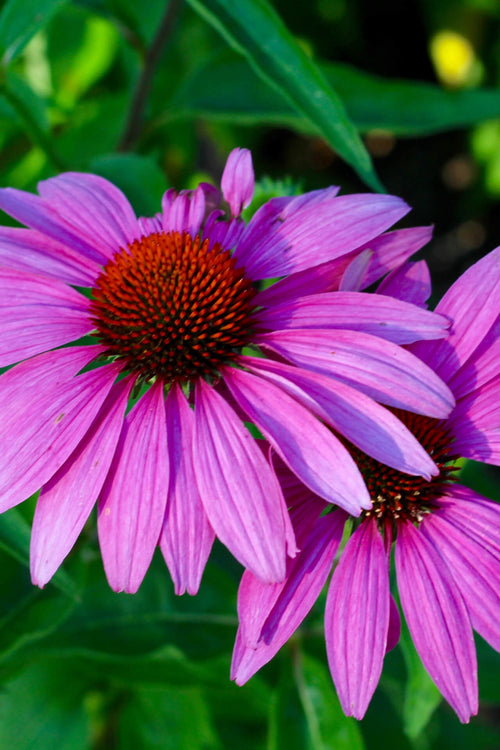The Enchanting World of Rare and Exotic Flowers
The Flowers have long been admired for their beauty, symbolism, and the emotions they evoke. While familiar blooms like roses, daisies, and tulips grace gardens and bouquets, there exists a mesmerizing realm of rare and exotic flowers that captivate the imagination with their unique forms, vibrant colors, and intriguing stories. These botanical treasures are scattered across the globe, each with its tale of rarity, resilience, and allure.
Kadupul Flower (Epiphyllum oxypetalum)
The Kadupul Flower, often called the "Queen of the Night," is a legendary flower native to Sri Lanka. What sets it apart is not just its appearance but its temporary nature. The Kadupul Flower blooms only at night, and its delicate, white petals emit a captivating fragrance. However, its fleeting beauty vanishes with the break of dawn, adding an air of mystery to its existence. The rarity of witnessing the Kadupul Flower in bloom has elevated its status to that of a mythic botanical marvel.
Jade Vine (Strongylodon macrobotrys)
Native to the Philippines, the Jade Vine is a flower that seems to be borrowed from a painter's palette. Its stunning blue-green coloration is a sight, and its unique claw-shaped blooms hang in long, cascading clusters. The vibrant hue of the Jade Vine results from specialized pigments in its petals, making it one of the rarest and most visually arresting flowers in the world. The plant's survival depends on bats for pollination, adding another layer of complexity to its ecological significance.
Ghost Orchid (Dendrophylax lindenii)
The Ghost Orchid, aptly named for its ethereal appearance, is a captivating and enigmatic flower found in the swamps and forests of Florida and Cuba. Its haunting beauty stems from its near-translucent petals and its lack of leaves. Instead, it draws nutrients from the air and rain through its specialized roots. This unique adaptation has contributed to its scarcity and fascination among orchid enthusiasts and botanists. The Ghost Orchid's elusive presence in the wild has made it a symbol of both fragility and resilience in the face of habitat loss.
Corpse Flower (Amorphophallus titanum)
The Corpse Flower, notorious for its pungent odor reminiscent of rotting flesh, is not only rare but also holds the distinction of being one of the largest flowering plants in the world. Native to the rainforests of Sumatra, Indonesia, this colossal flower can reach heights of up to 10 feet. The putrid smell it emits serves a crucial purpose in enticing carrion beetles and flies, aiding in pollination. Despite its less-than-pleasant aroma, the Corpse Flower draws crowds of curious onlookers when it blooms, showcasing the undeniable intrigue that rare and unusual plants can evoke.
Middlemost's Red (Middlemist camellia)
The Middlemist's Red is a living testament to history and human curiosity. With only two known specimens, one in New Zealand and the other in the United Kingdom, this flowering plant symbolizes rarity and conservation. Named after John Middlemist, a nurseryman who brought it to England from China in the early 19th century, this camellia species is distinct for its vibrant red flowers and its connection to a bygone era of botanical exploration.
Rafflesia arnoldii
Hailing from the rainforests of Southeast Asia, the Rafflesia arnoldii holds the title of the world's largest flower. However, its immense size is not the only intriguing aspect of this plant—it is also renowned for its parasitic lifestyle. Lacking leaves, stems, and roots, the Rafflesia arnoldii resides within its host plant and only becomes visible when it blooms. The flower's reddish-brown hue and massive size, often exceeding three feet in diameter, make it an awe-inspiring spectacle. The infrequent blooming and its short lifespan only add to its aura of rarity.
Parrot's Beak (Lotus berthelotii)
Endemic to the Canary Islands, the Parrot's Beak is a flower that genuinely resembles its avian namesake. Its striking, curved petals and vibrant shades of red and orange make it an attention-grabbing addition to any garden or floral arrangement. Despite its stunning appearance, this flower is threatened by habitat loss, making it a poignant reminder of the delicate balance between natural beauty and environmental preservation.
Conclusion
The world of rare and exotic flowers is a realm where nature's creativity knows no bounds. These flowers, each with its own story and distinctive traits, remind us of the diversity and wonder of the plant kingdom. From the elusive Kadupul Flower to the enormous Rafflesia arnoldii, these botanical treasures are a feast for the eyes and a testament to the power of adaptation and resilience in the face of challenges. As we marvel at their beauty, let us also recognize the importance of conservation efforts to ensure that future generations can continue enjoying these extraordinary blooms' enchanting allure.



















































